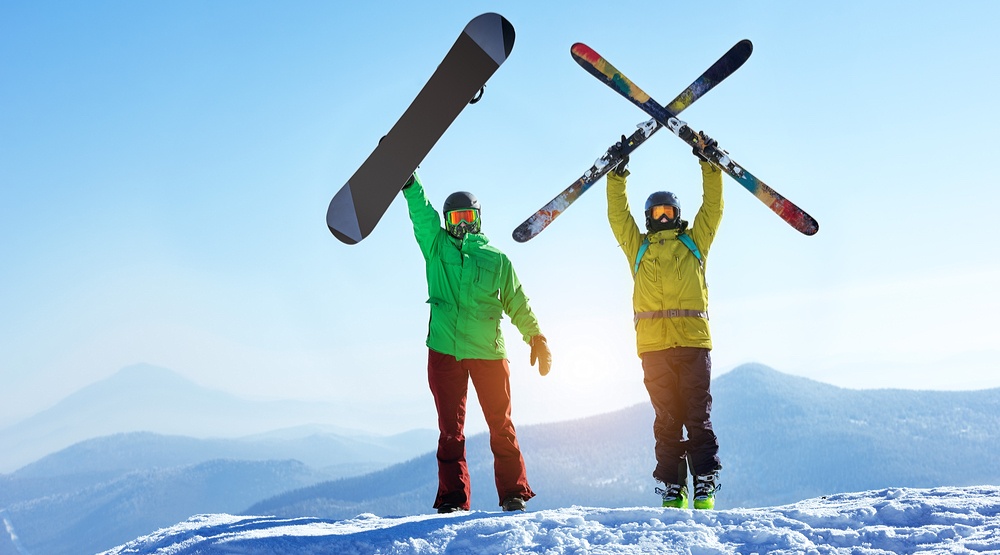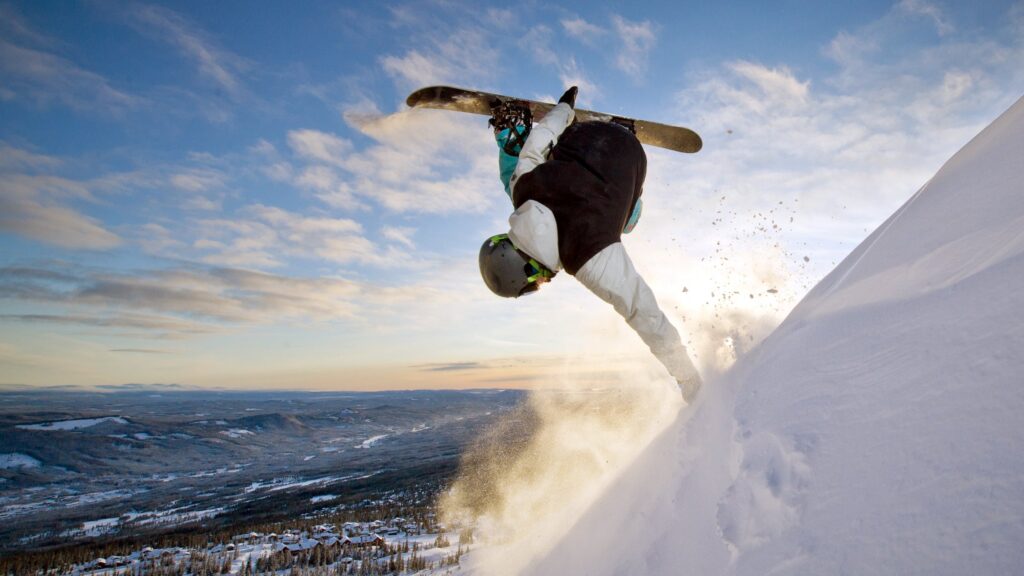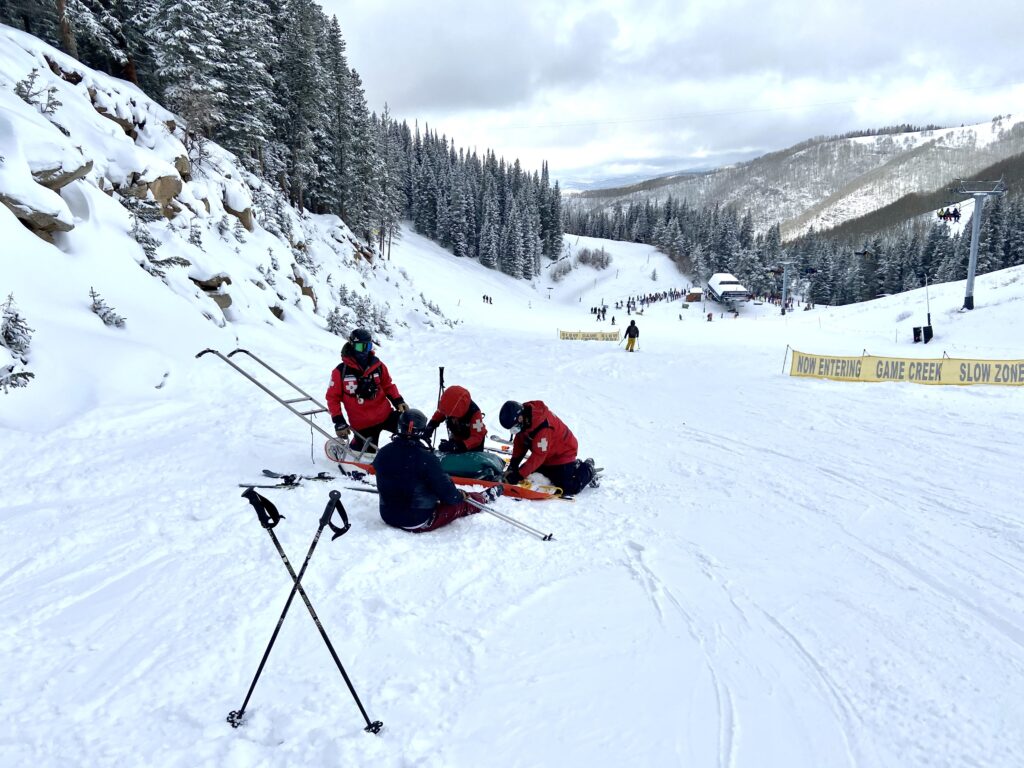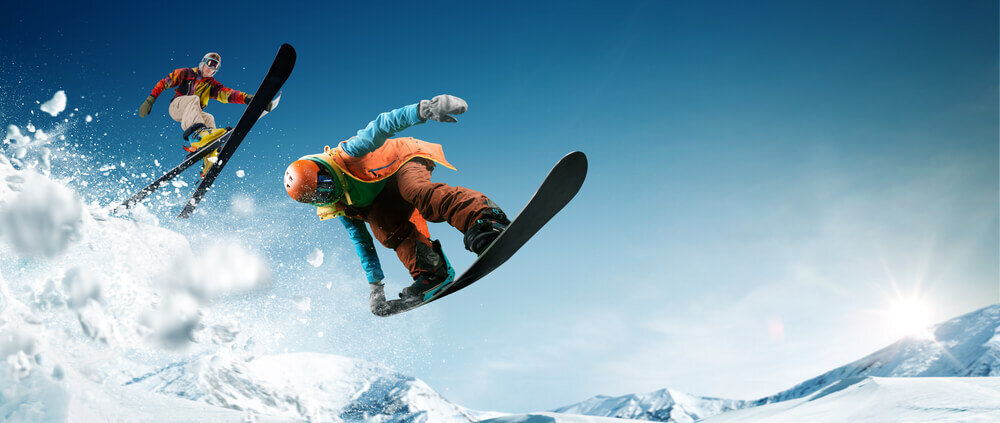Skiing and Snowboarding Safety: What You Need to Know Before Hitting the Mountain
Winter sports such as skiing and snowboarding can be thrilling and exhilarating, but they can also be dangerous. Before hitting the mountain, it’s essential to understand the safety protocols to ensure a safe and enjoyable experience. Here are some crucial things you need to know:
1. Dress Appropriately

Source: dailyhive.com
The weather in the mountains can be unpredictable, so dressing appropriately is crucial. Make sure you wear warm, waterproof clothes, including gloves, hats, and goggles. Layering your clothes can help you regulate your body temperature as the weather changes throughout the day.
2. Stay Hydrated
The cold weather can make you forget that you’re sweating, so it’s important to stay hydrated. Drink plenty of water before, during, and after you ski and snowboard. Avoid consuming too much alcohol, as it can cause dehydration, increase the risk of hypothermia, and impair your judgment.
3. Warm-Up Exercises
Before hitting the slopes, warm-up exercises are essential to help reduce the risk of injury. Stretching your muscles can help prevent strains, sprains, and other injuries. It can also improve your overall performance by increasing flexibility and reducing muscle tension.
4. Know Your Limits

Source: outsideonline.com
Skiing and snowboarding are both challenging sports, so it’s essential to know your limits. Don’t attempt to do tricks or hit slopes that are beyond your skill level. Pushing yourself too hard can lead to accidents, injuries, and even fatalities.
5. Always Wear a Helmet
Wearing a helmet is essential when skiing or snowboarding. It can protect your head from injuries, including concussions and traumatic brain injuries. Make sure your helmet fits correctly and is secured tightly. Remember that helmets are not only for beginners but for experienced skiers and snowboarders too.
6. Follow Ski Resort Rules
Ski resorts have rules and regulations to ensure the safety of their guests. It’s essential to follow these rules, including staying on marked trails, obeying signs, and avoiding closed areas. Failure to comply with resort rules can lead to accidents, injuries, and even legal consequences.
7. Stay Aware of Your Surroundings
When skiing or snowboarding, it’s important to stay aware of your surroundings. Look out for other skiers or snowboarders, and be prepared to avoid them if necessary. Avoid stopping in the middle of the slope or blind spots, as it can cause accidents.
8. Be Prepared for Emergencies

Source: coloradosun.com
Despite taking all the necessary precautions, accidents can still happen. It’s essential to be prepared for emergencies, including carrying a first-aid kit, knowing how to call for help, and having the necessary insurance coverage.
9. Stay in Control
Skiing and snowboarding at high speeds can be exciting, but they can also be dangerous. It’s essential to stay in control and be able to stop or change direction if necessary. Avoid reckless behavior, including skiing or snowboarding under the influence of drugs or alcohol.
10. Take Lessons
Whether you’re a beginner or an experienced skier or snowboarder, taking lessons can help improve your skills and reduce the risk of injuries. Lessons can also teach you about safety protocols, including how to avoid collisions, what to do in an emergency, and how to navigate different terrains.
In conclusion, skiing and snowboarding can be fun and exhilarating, but it’s essential to prioritize safety when hitting the mountain. By following these safety protocols, you can enjoy a safe and memorable winter sports experience.
I'm Bobana Hemun, a proud graduate of the Faculty of Medicine in Novi Sad. With a background as a professional occupational therapist, I initially dedicated my career to the Oncology Institute of Vojvodina. However, my journey eventually led me to the dynamic world of SEO. Outside of work, I find solace in relaxing yoga sessions, rejuvenating hikes in nature, and nurturing my beloved plants.


















